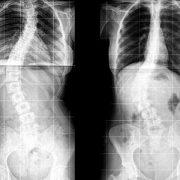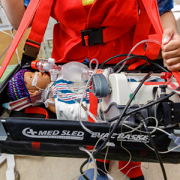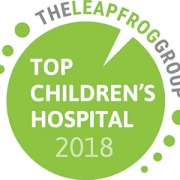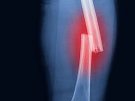Improved procedures, reduced harm: Moving the needle on spinal fusion
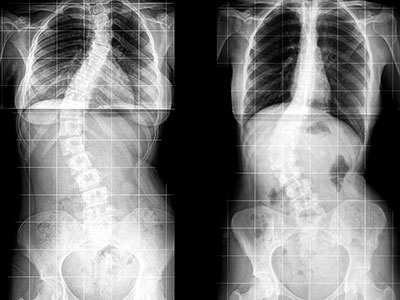
In many cases of pediatric scoliosis, a surgical posterior spinal fusion – a life-changing yet complicated process – is needed to straighten the spine.
As part of its ongoing transition to value-based care, Children’s National is constantly reevaluating systems and processes across specialties and proactively seeking ways to deliver the highest quality care. This includes treatments for everything from the rarest of diseases to more frequent conditions, such as pediatric scoliosis.
In many cases of pediatric scoliosis, a surgical posterior spinal fusion – a life-changing yet complicated process – is needed to straighten the spine. The procedure involves permanently fusing bones over the curved part of the spine and requires expert coordination among physicians, nurses and therapists. To improve the procedure and make it as safe and efficient as possible, experts at Children’s National developed a first-of-its-kind pediatric spinal fusion surgical home, an innovative, family-centered approach that is making a real impact.
Prior to this initiative, patients who underwent posterior spinal fusion to treat scoliosis spent multiple days across multiple units in the hospital. Thanks to a comprehensive care pathway with input from all care providers treating these patients, overall recovery time has been reduced as well as days in the hospital. This in turn decreased the costs to both the families and Children’s National.
In the first six months of implementation, changes included decreasing the average length of stay from approximately five days to three and a half days, decreased blood transfusion rate and less use of opioid pain medications. Each of these pieces directly contributes to the safety of a child and decreased costs across the board. Ultimately, implementing cutting-edge practices like these brings the organization closer to zero harm and helps move the needle on patient care across the industry.


